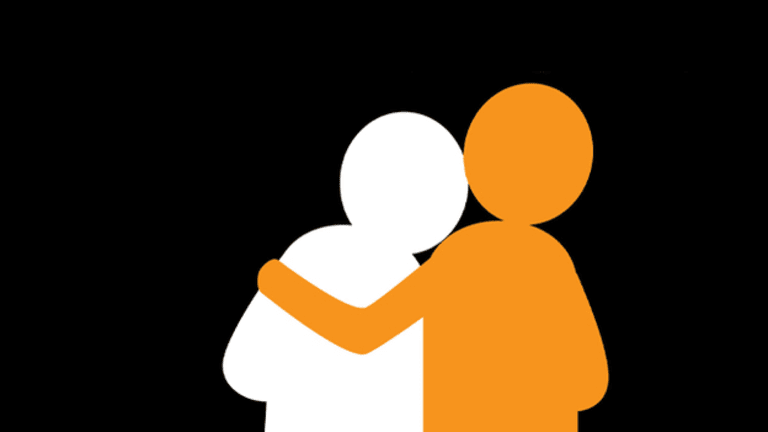
Ensuring mental wellness at the workplace: Things employers need to do
Culture#MentalHealth#HybridWorkplace#GuestArticle
It is said that most battles are won or lost in the mind. That is why a mentally healthy workforce is extremely important for any organization’s wellbeing and growth. According to the World Health Organization (WHO), depression and anxiety are costing almost a trillion dollars to the global economy every year. In times of global crisis such as the pandemic, this loss of productivity due to mental illnesses is bound to increase if left unchecked. In the last year-and-a-half, we have witnessed unprecedented changes to the way we live and work.
Since change is always paired with uncertainty about what happens next, the pandemic forced shutdowns and remote working in an unprecedented way. Even after more than 18 months of the contagion, there are still strong apprehensions about things like a third wave. As leaders of the pack, the first and the foremost thing for every employer is to ensure consistent and clear communication with the employees. Even if one can’t be certain about how the situation will be in April 2022, it is always possible to convey that we are all in it together.
Remote working can make people feel alienated when they are not interacting with the HR team or the senior management on a regular basis. Depending upon the schedule, a CEO, founder or HR Director can conduct monthly town halls or share messages through e-mails or recorded messages that talk about the company’s performance, current strategy, reviews and future plans. Periodic communication of such things to each employee can relieve stress and ensure that everyone is tuned into the organization’s big picture.
Even if an organization has resumed work from the office or is working remotely, it is important to let employees enjoy flexible hours. As long as there is output and the company’s overall work performance is not suffering, a little flexibility can work wonders for productivity. Most of the companies today are offering staggered hours wherein there are some specific timings during which all the shifts overlap. This helps in ensuring that there is adequate support for collaborative effort as all employees work together for at least a couple of hours even when they work different shifts.
Traditionally, physical fitness has not been a focus area for employers. Professions such as technology and software development necessitate spending long hours at the workstation. In such a scenario, introducing innovative work practices such as taking walks during the office hours, integrating gym, yoga and meditation spaces are some of the options that can drive physical wellness for the company’s talent. Alongside physical stimulants, creating a cheerful and brightly lit ambience at the workplace are things that will keep employees motivated and focused.
AI and conversational analytics are two technologies that have the potential to play a transformational role in ensuring mental health and wellness in the workplace. Going beyond fitness trackers, it is possible to build AI-chatbots and digital solutions that can converse with the employees on various parameters related to behavioural and mental condition. The AI therapists prove to be convenient, fast, easy to use, offer complete anonymity and the best part is that they can be accessed from anywhere, anytime. Therefore, such digital solutions can address the wellness concerns on a large scale for enterprises with extensive and dispersed workforce.
These and various other changes, technology driven changes or otherwise, towards employee mental health are factors that every business leader out there needs to focus upon, in the new normal.














